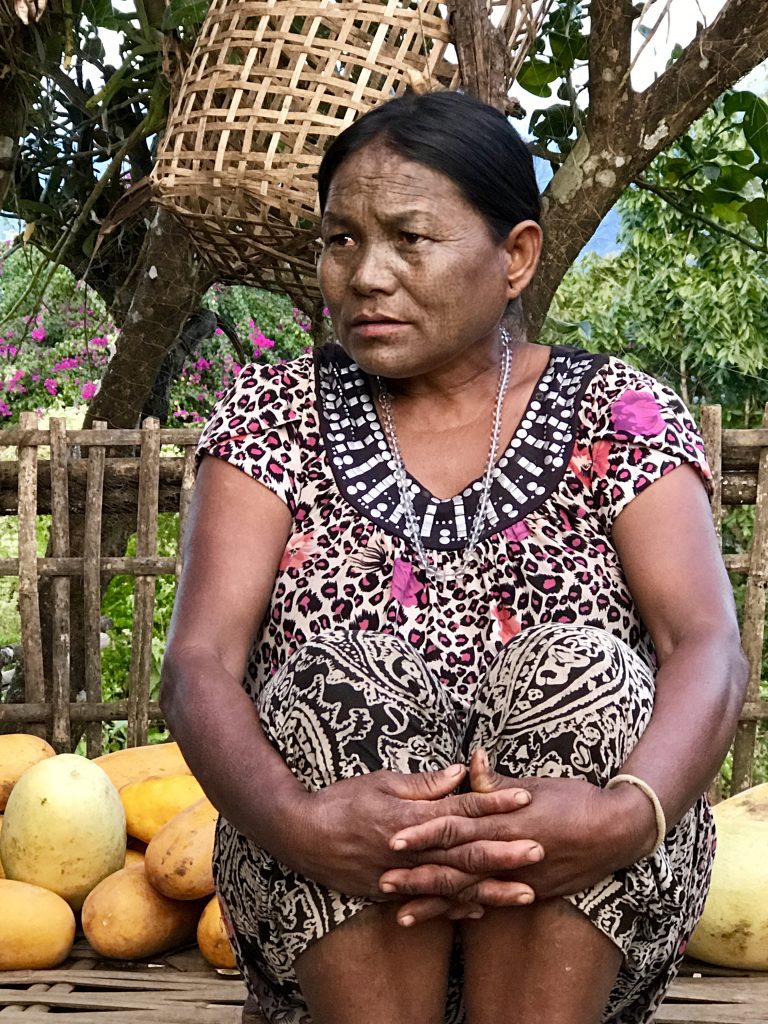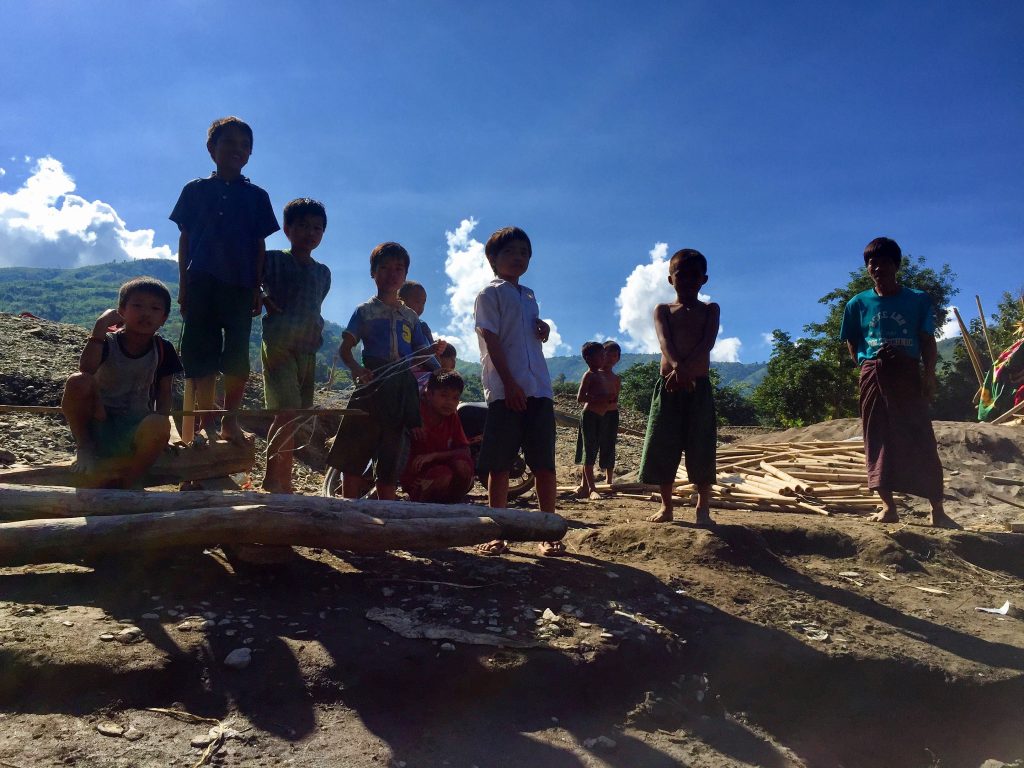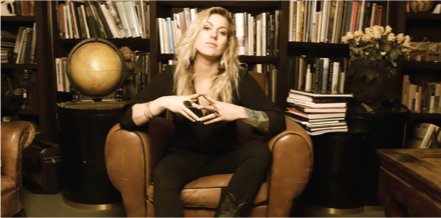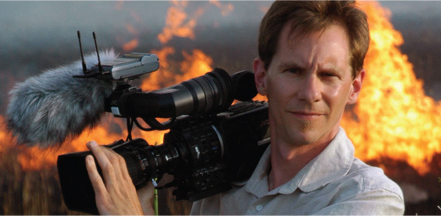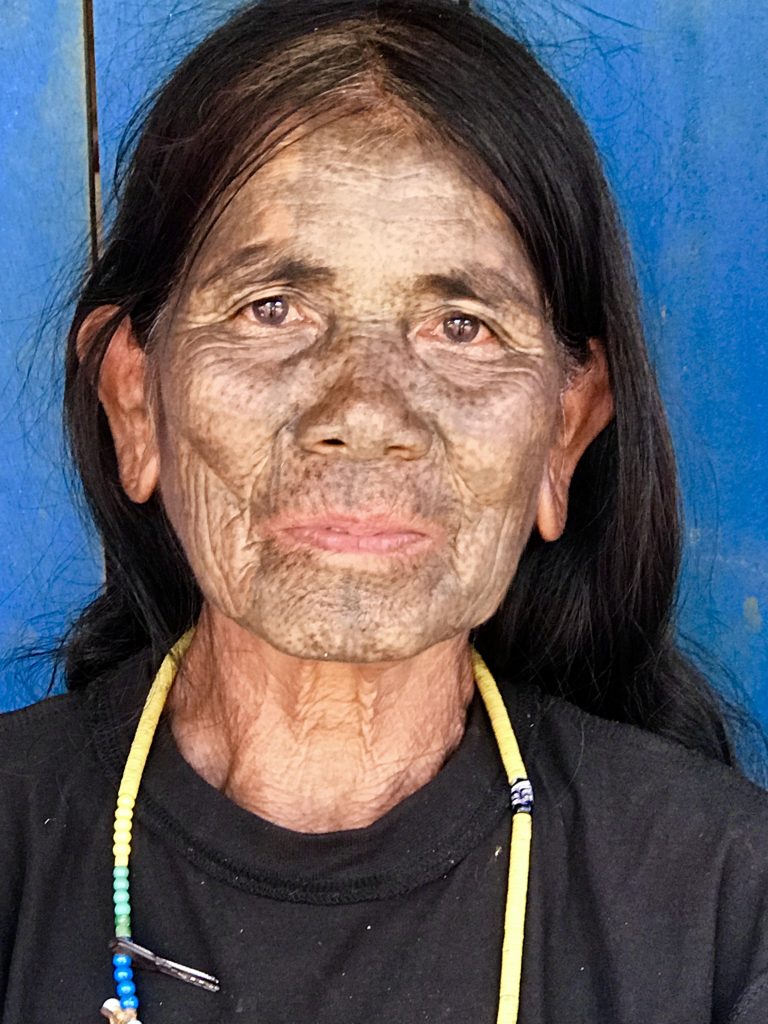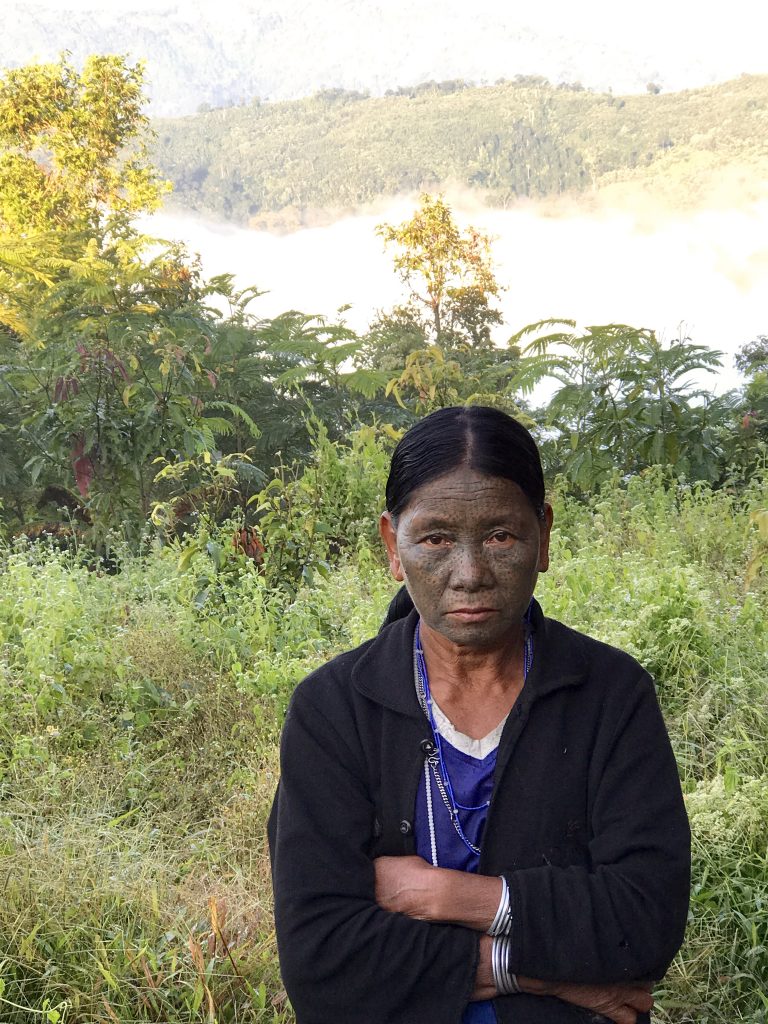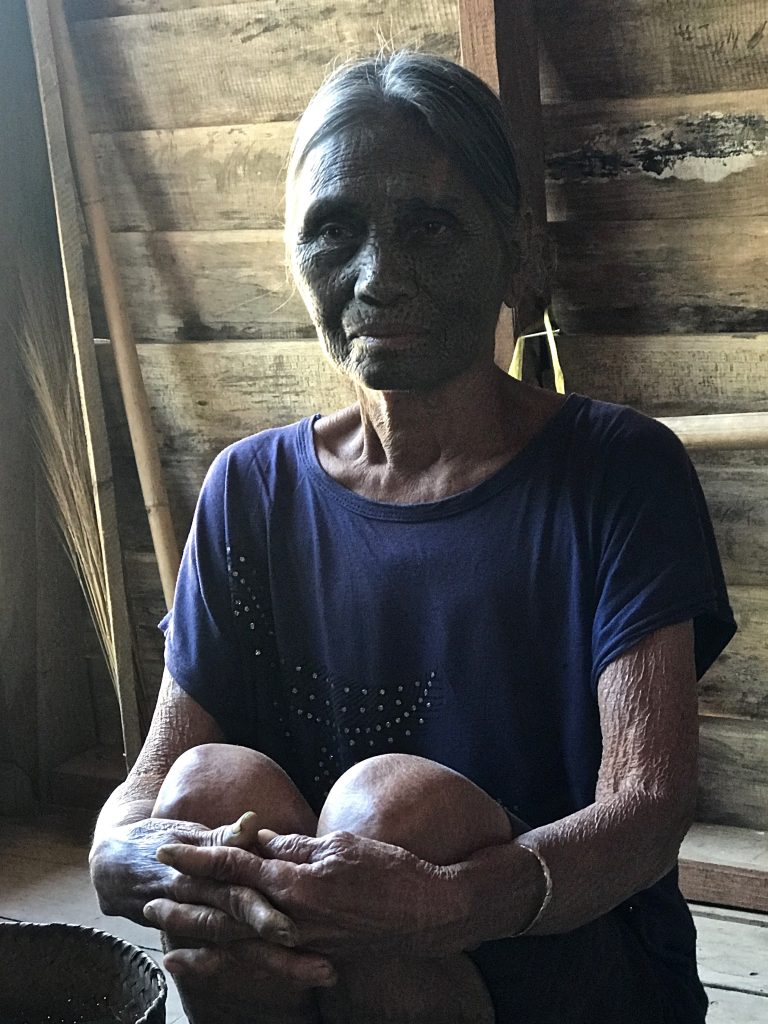Once considered a sign of great beauty, the women of the Chin tribes of Myanmar had their faces tattooed upon coming of age. This was practiced for an unknown number of centuries. These markings represented gender, age, spiritual beliefs, race and identity.
The arrival of colonial rule and Christian missionaries to Burma in the 19th century instrumented a decline of this female cultural tradition in villages and towns. Burma became a democratic nation in 1948 and after 1962’s coup which lead to a military dictatorship,” the Burmese Revolutionary Council placed a ban on the tattoos. The tattoos, the women that bore them and this traditional practice represented a way of life and beliefs that were from a regime that those in charge were trying to get people to leave behind. With the practice banned, fines and other reasons undetermined led to the complete termination of this sparsely documented lost art.
Today, after a lifetime of wars and dictatorship, an unknown number of these tattooed women, now in their 60s, 70s, 80s and older, live in the remote areas of the northern Chin and Rakhine states.
Knowing that they are the last of their kind, a small number of these women have been using their rare looks to draw tourism as a way of earning money for the betterment of their impoverished communities.
However, many more tattooed “grannies” live in areas unmapped and relatively untouched by the modern world.
Few westerners except a small handful of academics, photographers, missionaries and intrepid explorers have gone beyond these tourist villages to meet the tattooed women living in more remote areas.


